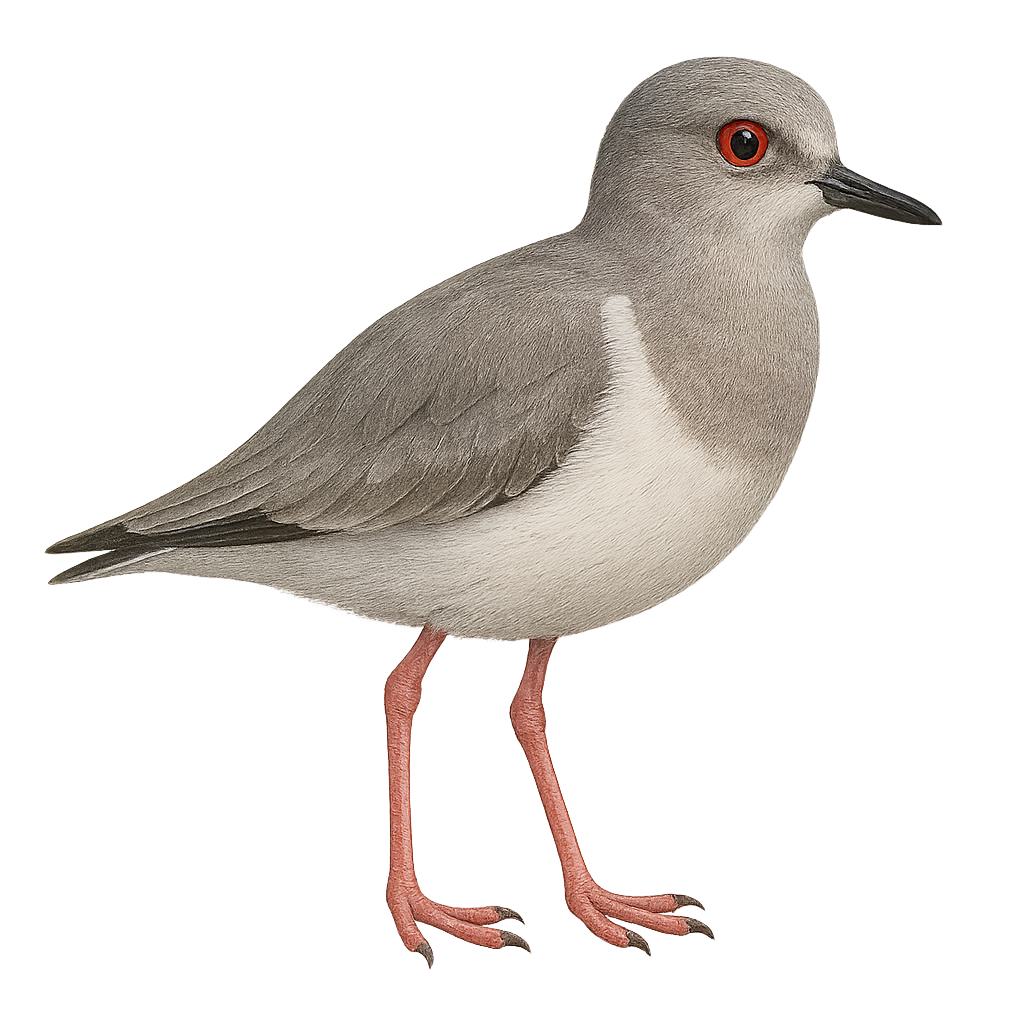Your wildlife photography guide.
Explore the magellanic plover in detail, study its behavior, prepare your shots.
Where to observe and photograph the magellanic plover in the wild
Learn where and when to spot the magellanic plover in the wild, how to identify the species based on distinctive features, and what natural environments it inhabits. The WildlifePhotographer app offers tailored photography tips that reflect the magellanic plover’s behavior, helping you capture better wildlife images. Explore the full species profile for key information including description, habitat, active periods, and approach techniques.
Magellanic Plover
Scientific name: Pluvianellus socialis

IUCN Status: Least Concern
Family: PLUVIANELLIDAE
Group: Birds
Sensitivity to human approach: Suspicious
Minimum approach distance: 10 m
Courtship display: November to December
Incubation: 25-27 jours
Hatchings: November to January
Habitat:
Lake shores, lagoons, salt marshes
Activity period :
Primarily active during the day, with peak activity in the morning and late afternoon.
Identification and description:
The Magellanic Plover is a unique bird, often mistaken for plovers, although it belongs to a distinct family. It is endemic to the southern regions of South America, particularly in Patagonia. This bird is characterized by its pale gray plumage, pink legs, and black bill. It primarily inhabits the shores of lakes and lagoons, where it feeds on aquatic invertebrates. The Magellanic Plover is monogamous and territorial, building its nest on the ground, often near water. Its population is considered stable, although limited to a restricted range. It is of interest to ornithologists due to its unique behavior and particular taxonomic status.
Recommended lens:
400 mm – adjust based on distance, desired framing (portrait or habitat), and approach conditions.
Photography tips:
To photograph the Magellanic Plover, it is advisable to use a telephoto lens of at least 400mm to capture detailed images without disturbing the bird. Approach slowly and discreetly, maintaining a distance of at least 10 meters to avoid startling it. Favor early morning or late afternoon hours to benefit from soft, natural light. Be attentive to the bird's behavior, as this can offer unique opportunities to capture interesting interactions or characteristic postures.
The WildlifePhotographer App is coming soon!
Be the first to explore the best nature spots, track rutting seasons, log your observations, and observe more wildlife.
Already 1 431 wildlife lovers subscribed worldwide

